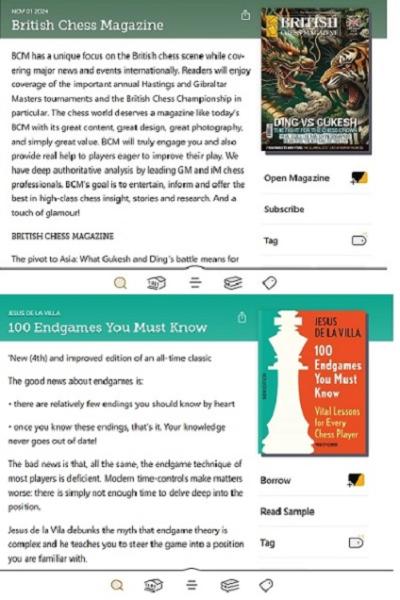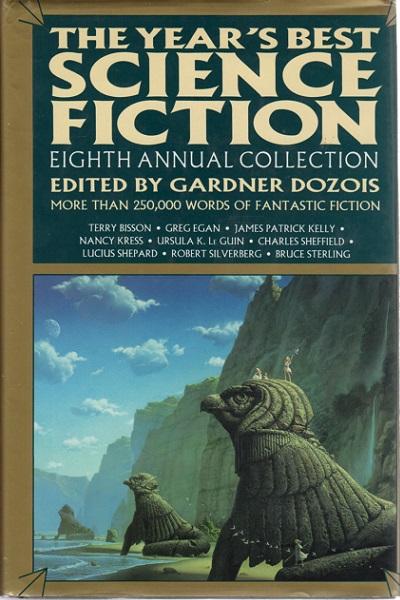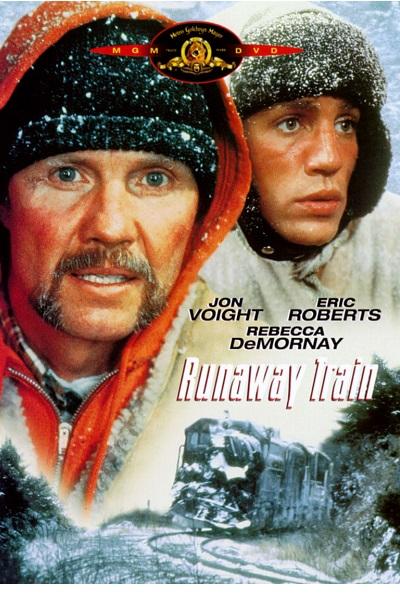Royal Game of Ur - background and fun facts
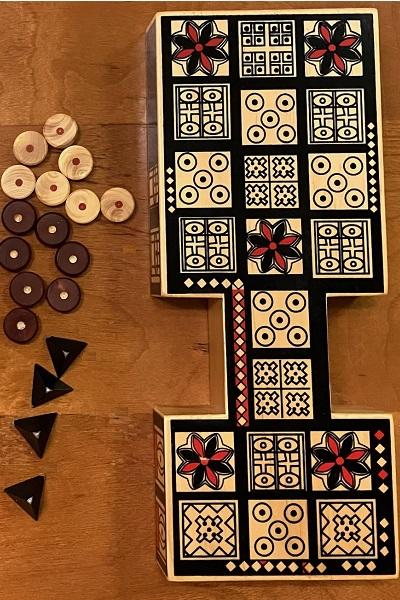
On February 25, 2025, the Mechanics’ Institute Library hosted a game night featuring The Royal Game of Ur. Many attendees had never played the game before and were curious about the history and origins plus interested in joining others for some rounds of gaming. If you happened to miss the event, here’s some background of the game, the rules played during the game night, and links to more information.
If you did attend the game night or are interested in other game nights in the future, please fill out this survey to provide feedback and ideas on future library programs. Now on to some history:
The largest and most extensive archaeological expedition of the early 20th century, led by legendary archaeologist Leonard Wolley, excavated the ancient Mesopotamian city of Ur -- the birthplace of Abraham, and the capital of early kingdoms in the dawning age of civilization. The Royal Cemetery, where they buried kings, queens, and prominent citizens for over 500 years, had about 2,000 burials and most of them had grave goods. It took years of work to categorize, contextualize, and date all of the artifacts they found during the 12 years from 1922 to 1934—the more spectacular artifacts and structures they found at the deepest, and therefore oldest, levels.
Among the thousands of grave goods, they found a game board and set of playing pieces. Very much like present-day board games, the board was hollow -- a box that had compartments to store the pieces. Even before this find archaeologists had found the pattern of 20 squares and 5 rosettes, in some cases scratched into stone, over a wide area from Cyprus to Sri Lanka. Scholars and board game devotees have puzzled over the possible rules. How did they play this game? In a delightful YouTube video that introduced me to this game, Assyrianologist Irving Finkel describes how he made a replica of the game based on an illustration in a book, then dragged his sister into playing various versions of the rules he had thought up.
Tom Scott vs Irving Finkel: The Royal Game of Ur | PLAYTHROUGH | International Tabletop Day 2017
Finkel's video about his discovery of the rules:
Deciphering the world's oldest rule book | Irving Finkel | Curator's Corner S1 Ep1 [PILOT]
In his book, The Ark before Noah, Finkel describes his having accidentally turned himself into the world's foremost expert on cuneiform writing. His initial plan to study Egyptology fell apart when his Egyptology professor died after Finkel's first day in class. He switched specialties. Then after earning his doctorate, and learning how to translate ancient languages written in cuneiform from the foremost expert of the time, Finkel started a job as a curator at the British Museum. I can only imagine the conversation when his boss told him they had about 130,000 cuneiform tablets for him to translate.
He found the rules of a game after about 2 years. But what game? The tablet was a letter from an Egyptian astronomer to a Greek astronomer, but the letter did not describe the game in enough detail for anyone 2,000 years later to know exactly what the game board looked like. It took years later for him, with the help of his colleagues, to link these rules to the board of 20 squares we now know as the Royal Game of Ur. Although the tablet dates to 177 BCE, over 2,000 years after the creation of the board and pieces that Wolley's expedition found, this remains the oldest set of rules for a game in all history.
A word about binary dice
You can find very many websites that describe the Royal Game of Ur and its rules. We have numerous versions of the rules. During the Mechanics' Institute Library's game night in February, I taught only the Finkel rules for the sake of simplicity, but you can find many other sets of rules, many of them guesswork from the time before Finkel found the cuneiform letter. But the game discovered in the Royal Cemetery of Ur had 4 tetrahedral dice (4 sided dice sometimes mistakenly called triangular, they are the shape of the pyramids of Giza). This matches with the rules that Finkel discovered. Why are these important? Some websites tell you that if you do not have tetrahedral dice then just use a six-sided die you have lying around -- do over the throw if it's six and count 5 as the null throw. But this fundamentally changes the game because the odds of a given number coming up on a single die are exactly the same. But 4 binary dice will generate different odds (the same way that in playing craps with 2 six-sided dice the number 7 is the most likely result and the numbers 2 and 12 the least likely). If you do not have tetrahedral dice then use 4 coins.
The Finkel Rules
You can find the Finkel rules on many websites, but for your convenience, here are the rules I printed out for game night:
What you need:
1 × game board.
4 × tetrahedral dice (coins work too).
14 pieces: 7 × pieces for each player. Light and dark tokens are commonly used.
To play:
The pieces start off the board and move around the board as shown in the diagram below. The first player to have all their pieces enter and exit the board wins.

Throw the dice to determine who plays first. The high roll wins and the winning roll is the first one played. Each tetrahedron (or coin) has a value of 1 or zero. The roll is the sum of all 4 dice thrown.
To start, a player places one piece on the board, counting from the first square, moving in the direction of the arrows shown above for the full count of the roll. A player must move a piece if possible, only one piece per roll, either a piece already on the board or place another piece on the board. Only one piece may occupy a square. A piece may "jump over" any other piece, the opponent's or their own.
If the player cannot move a piece the full count of the roll because it would land on another of their pieces or If the player throws a null roll (all zeros) then that player’s turn ends without moving.
When a piece lands on a rosette, that player gets another turn. If one player’s piece lands on the other’s piece, the piece landed on goes off the board and has to start again from the beginning.
The rosette in the middle “lane” of the board also acts as a safety square. When occupied, an opponent’s piece cannot land on it, so if a roll would have a piece land on the occupied rosette square, that player has to move some other piece. If no other piece can move, the turn ends without moving.
Leaving the board:
A piece can only leave the board with an exact roll. So if a piece is on the last rosette square, only a roll of 1 allows that piece to exit the board.
Background information and further reading
I found the story of the excavation of Ur fascinating. The process of discovery and the systematic and meticulous work needed to make sense of the artifacts they found and to contextualize and date them stands as one of the great achievements of modern science and scholarship. I have compiled a list of scholarly articles I consulted in the preparation of February's game night presentation.
The British Museum's page describes the game board and pieces and the manner by which the archaeologists excavated them.
Pollock, Susan. Chronology of the Royal Cemetery of Ur. "Iraq" Vol. 47 (1985), pp. 129-158
Mallowan, M.E.L. Memories of Ur. "Iraq" Spring - Autumn 1960 v.22 pp 1-19
Leon Legrain. Unearthing history at Ur. "Scientific American" 138:6 June 1928 pp 517-519.
Woolley, C. Leonard. “Excavation at Ur, 1929-30. ”The Journal of the Royal Asiatic Society of Great Britain and Ireland" no. 4 (1930): 879–87.
If you are interested in a PDF of the Finkel rules that we shared at game night, please email [email protected]
Buy your own replica
We learned how to make your own Royal Game of Ur board and how to obtain playing pieces and dice during game night. For those who are interested in owning a replica set, there are many replica Royal Game of Ur boards and pieces set for sale online.
The replica shown here that was on display during game night was purchased from the British Museum Online Shop.
A less expensive but not authentic version of the game board set also from the British Museum Online Shop.
We also have many leftover game boards and pieces from the game night event. If you are interested in some of these pieces please email [email protected].
The Finkel rules date to over 2,000 years after someone buried the game board in a grave in the Royal Cemetery at Ur. We can safely infer that many variations or even other games existed that use that same game board. Imagine, experiment, play test your own games.
A final note
Head of Technical Services and the Royal Game of Ur game night host Steven Dunlap is retiring at the end of the month. His enthusiasm for games and puzzles, and the history behind their origins (plus his many blog contributions including this one) will be greatly missed. Read more about his upcoming retirement here.
If you attended the Mechanics’ Institute Library’s game night or are interested in future game nights or events in the library, please fill out our survey.


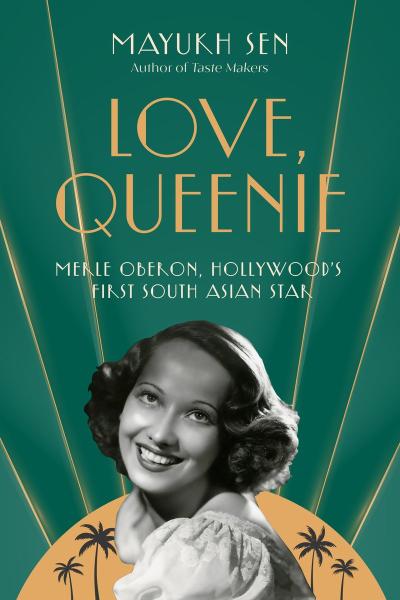
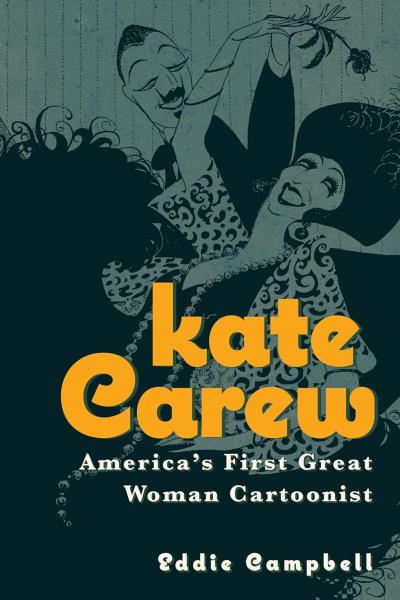


 Tim Brennan and Anthea Carson.
Tim Brennan and Anthea Carson. 




